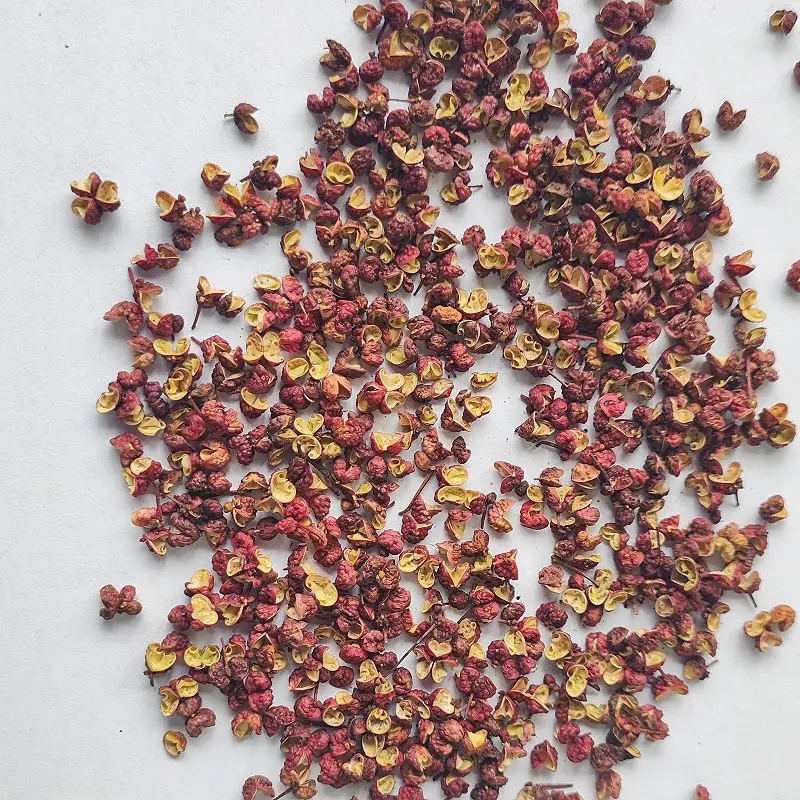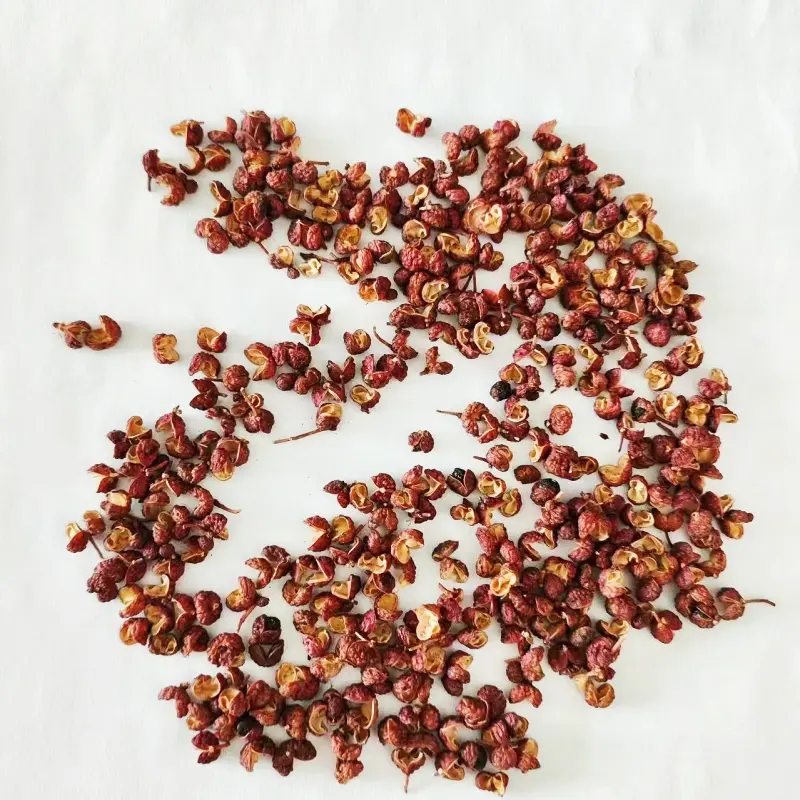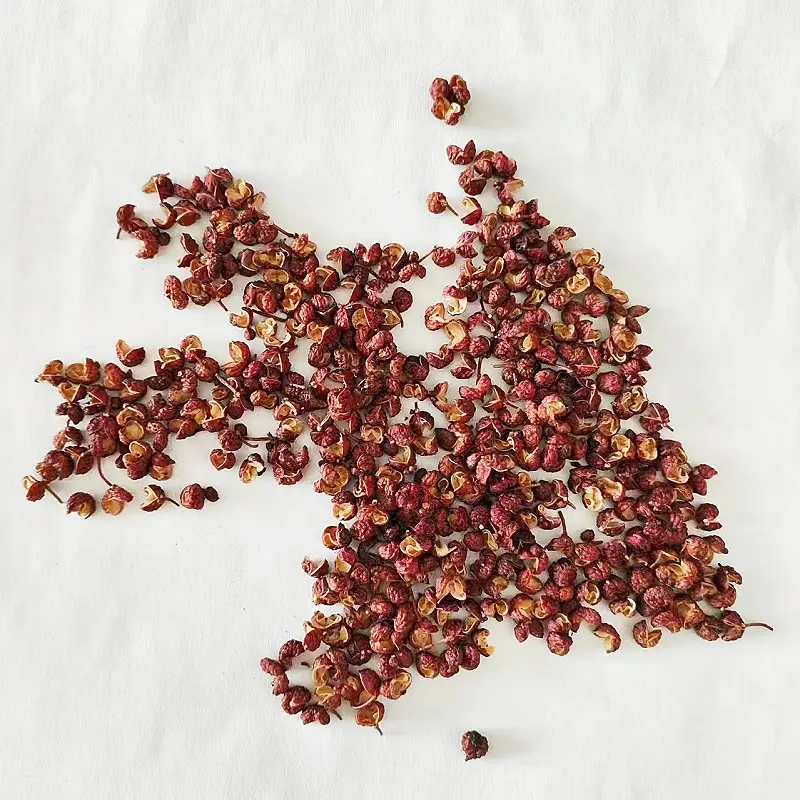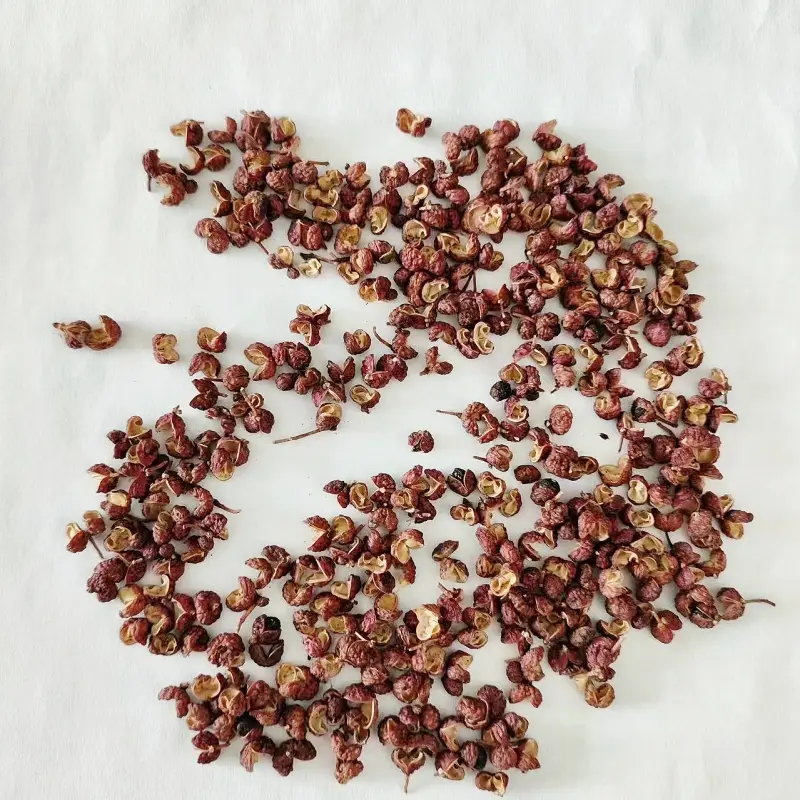Sansho pepper and Sichuan pepper are two iconic spices from East Asia, celebrated for their unique flavors and culinary versatility. Despite both being called "pepper," they belong to different botanical families and have distinct characteristics. In this article, we will delve into their origins, flavor profiles, chemical compositions, culinary uses, and health benefits, supported by examples and data comparisons.
1. Botanical Classification and Origin
| Attribute | Sansho Pepper | Sichuan Pepper |
|---|---|---|
| Botanical Name | Zanthoxylum piperitum | Zanthoxylum simulans or Z. bungeanum |
| Family | Rutaceae | Rutaceae |
| Geographic Origin | Japan | China |
| Plant Characteristics | Deciduous shrub or tree | Deciduous shrub or tree |
Key Difference:
Although both sansho pepper and Sichuan pepper come from the same Rutaceae family, they are distinct species with unique characteristics. Sansho pepper, scientifically known as Zanthoxylum piperitum, is primarily found in Japan, where it is used extensively in traditional Japanese cuisine. It is prized for its citrusy, lemon-like aroma and its mild numbing effect, often added to dishes like soba and yakitori or used in Japanese spice blends such as shichimi togarashi.
On the other hand, Sichuan pepper, from the species Zanthoxylum simulans and Zanthoxylum bungeanum, is native to the Sichuan province in China. It is a key ingredient in Sichuan cuisine, known for its intense numbing sensation and its ability to balance the heat of chili peppers in dishes like mapo tofu and kung pao chicken. While both peppers create a tingling, numbing effect on the palate, Sichuan pepper tends to have a sharper, more pronounced numbing sensation compared to the subtler sansho pepper.
2. Flavor Profiles
| Attribute | Sansho Pepper | Sichuan Pepper |
| Primary Flavor | Citrusy, fresh, slightly minty | Numbing, tingling, earthy, woody |
| Active Compound | Hydroxy-u03b1-sanshool | Hydroxy-u03b1-sanshool and other alkylamides |
| Aroma | Lemon-like, herbaceous | Warm, slightly spicy, with a citrus undertone |
Analysis:
Sansho pepper delivers a fresh, lemony zest often likened to yuzu, making it ideal for light and delicate dishes. Sichuan pepper, in contrast, provides a signature "málà" (numbing and spicy) sensation, which is a hallmark of Sichuan cuisine.
3. Culinary Uses
| Application | Sansho Pepper | Sichuan Pepper |
| Traditional Dishes | Grilled eel (unagi kabayaki), noodle soups, tempura | Mapo tofu, hot pot, Kung Pao chicken |
| Pairing | Seafood, light soups, desserts | Beef, pork, bold stews |
| Forms Available | Powder, whole pods | Powder, whole husks, infused oils |
Examples:
Sansho Pepper: In Japan, grilled eel (unagi kabayaki) is often seasoned with a light dusting of Sansho pepper to enhance its smoky sweetness.
Sichuan Pepper: The numbing and spicy duo of Sichuan pepper and chili is central to dishes like mapo tofu, where the "málà" sensation elevates the savory bean paste and tofu.
4. Chemical Composition
| Compound | Sansho Pepper (mg/g) | Sichuan Pepper (mg/g) |
| Hydroxy-u03b1-sanshool | ~1.2 | ~1.5 |
| Limonene | ~0.3 | ~0.1 |
| Geraniol | ~0.2 | ~0.05 |
Insights:
Both sansho pepper and Sichuan pepper share hydroxy-α-sanshool as the primary active compound responsible for their signature numbing, tingling sensation. This compound interacts with sensory receptors on the tongue, creating a unique, almost buzzing feeling in the mouth. However, while they both have this numbing effect, their distinct flavors arise from the varying concentrations of other secondary compounds, such as limonene and geraniol.
In sansho pepper, limonene plays a significant role in giving it its refreshing, citrusy aroma, while geraniol adds a hint of floral sweetness. This combination results in a sharper, lemony flavor profile that is milder in terms of numbing compared to Sichuan pepper.
Sichuan pepper, on the other hand, contains a higher concentration of certain compounds that contribute to a deeper, more complex numbing sensation. It also has earthy, slightly piney notes from compounds like β-caryophyllene and pinene. These differences in secondary compounds, along with the varying levels of hydroxy-α-sanshool, create distinct flavor profiles that distinguish the two peppers despite their shared numbing qualities.
5. Health Benefits
| Benefit | Sansho Pepper | Sichuan Pepper |
| Digestive Aid | Stimulates appetite, improves digestion | Enhances bile secretion, aids in digestion |
| Antimicrobial | Contains natural antimicrobial properties | Effective against certain bacteria |
| Circulatory Benefits | May improve blood flow | Potential anti-inflammatory effects |
Example:
In traditional medicine, Sichuan pepper is often used in teas to alleviate indigestion, while Sansho pepper is valued for its mild antiseptic properties.
6. Side-by-Side Comparison Table
| Attribute | Sansho Pepper | Sichuan Pepper |
| Primary Usage | Enhancing light, fresh dishes | Creating bold, spicy flavors |
| Texture | Fine powder, smooth pods | Rough husks |
| Availability | Common in Japanese markets | Widely available in Asian stores |
| Unique Feature | Citrusy aroma, mild numbing | Strong numbing, earthy warmth |
7. How to Choose and Store
When choosing and storing sansho pepper and Sichuan pepper, it's important to consider their unique qualities and characteristics to ensure their flavors and properties remain intact.
Choosing Sansho Pepper:
Sansho pepper is known for its citrusy, slightly spicy flavor and numbing sensation, similar to Sichuan pepper, but with a more pronounced lemony zest. When selecting fresh sansho pepper, look for vibrant green pods. The greener the pods, the fresher the pepper, ensuring the best citrus flavor and fragrance. Avoid dried pods if you're seeking a sharp, fresh profile, as they lose much of their aromatic intensity when dried. The leaves of the sansho plant can also be used, often in Japanese cuisine, for garnishing and adding an aromatic touch.
Storing Sansho Pepper:
To preserve the freshness of sansho pepper, store the whole pods in an airtight container, away from heat and light. It’s best to keep them in a cool, dry place such as a pantry or kitchen drawer. If you have ground sansho pepper, keep it in an airtight container, preferably in the freezer to extend its shelf life. This prevents the volatile oils from dissipating too quickly, which helps maintain its distinct citrusy flavor.
Choosing Sichuan Pepper:
Sichuan pepper is famous for its numbing, tingling sensation and is a staple in Chinese cuisine, particularly in dishes from the Sichuan region. When selecting Sichuan pepper, opt for bright red-brown husks that have a strong, fresh aroma. The husks should be intact and free from seeds, as the seeds have a bitter taste that can overpower the more desirable numbing properties of the husk. Whole, dried Sichuan pepper offers a more intense and fresh flavor compared to ground versions, which lose potency over time.
Storing Sichuan Pepper:
To preserve the numbing and fragrant qualities of Sichuan pepper, store it in a dry, dark place, such as a pantry or a cupboard, where it is shielded from moisture and sunlight. This helps maintain its potency and prevents the pepper from becoming stale. Keep the husks in an airtight container to lock in the aroma, and use them within a year for the best flavor. If ground Sichuan pepper is used, store it similarly but be mindful that its flavor may fade faster, so use it promptly after grinding.
8. Conclusion
Sansho pepper and Sichuan pepper offer unique sensory experiences that cater to different culinary traditions and preferences. While Sansho is prized for its refreshing citrus notes and compatibility with Japanese cuisine, Sichuan pepper dominates Chinese cooking with its bold, numbing heat. Understanding their differences enables chefs and food enthusiasts to experiment with these spices, elevating dishes with nuanced flavors.
Whether you prefer the zingy zest of Sansho or the fiery tingle of Sichuan, these peppers add a distinctive touch to your culinary repertoire. Try both to appreciate the depth they bring to traditional and modern recipes!
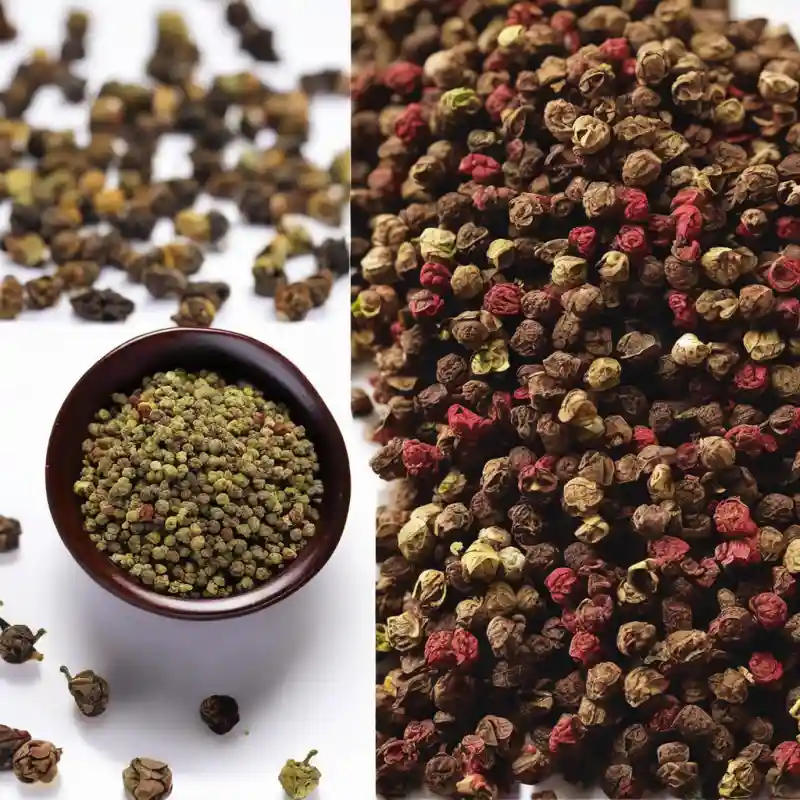
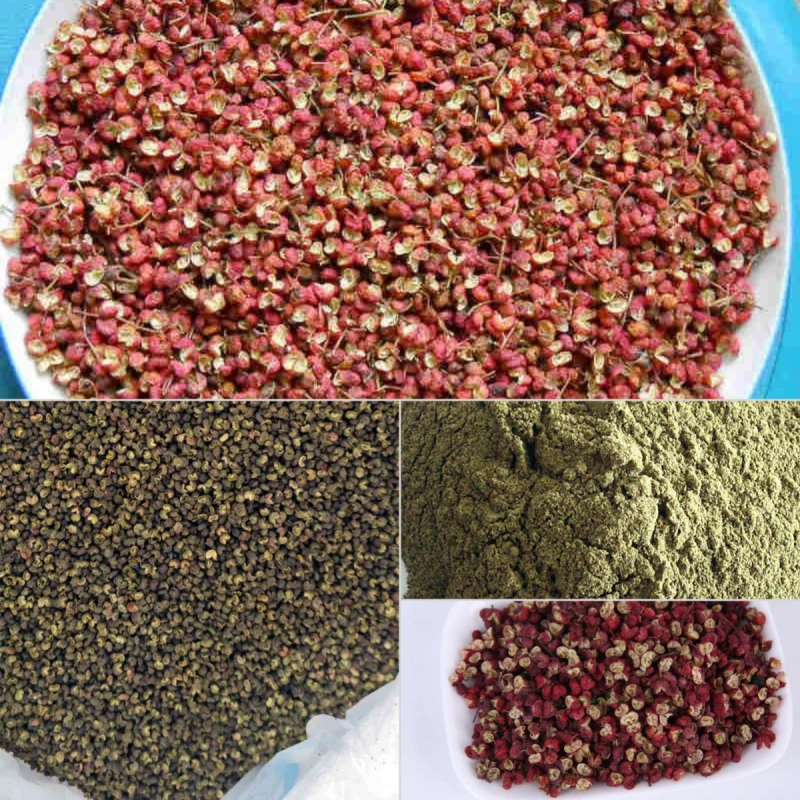
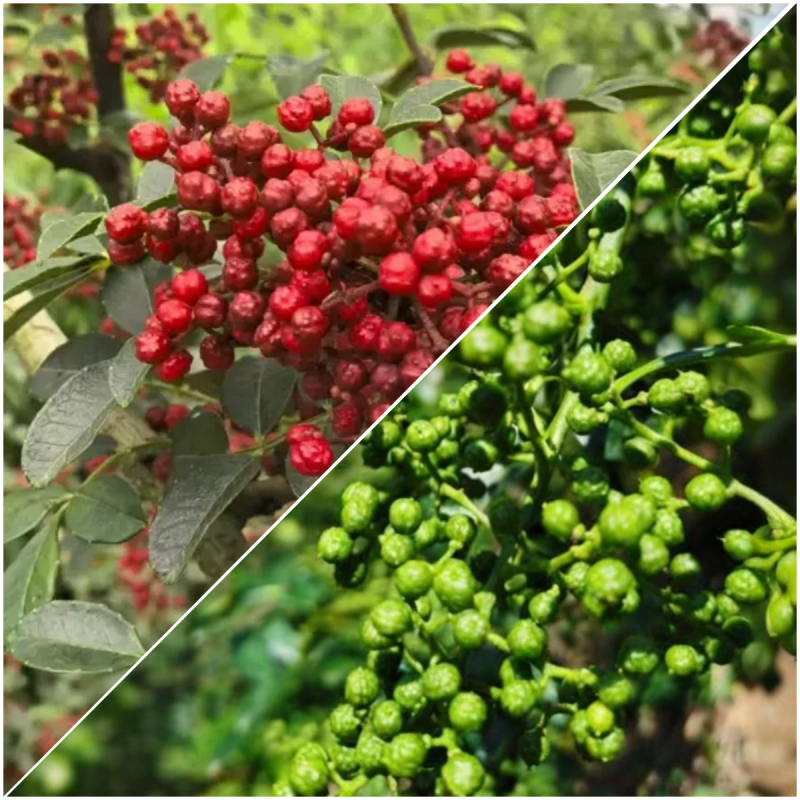

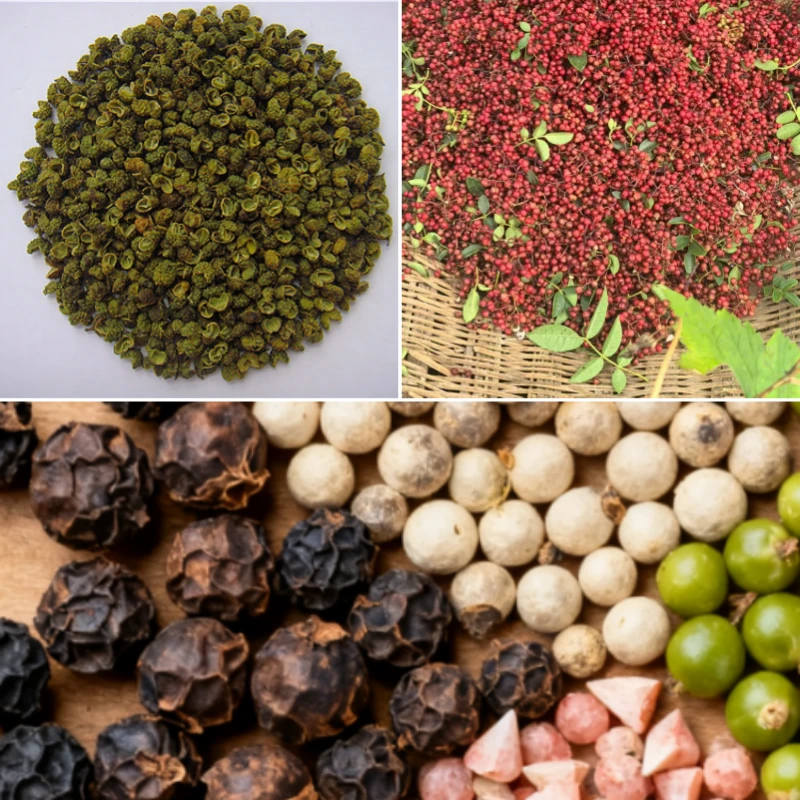
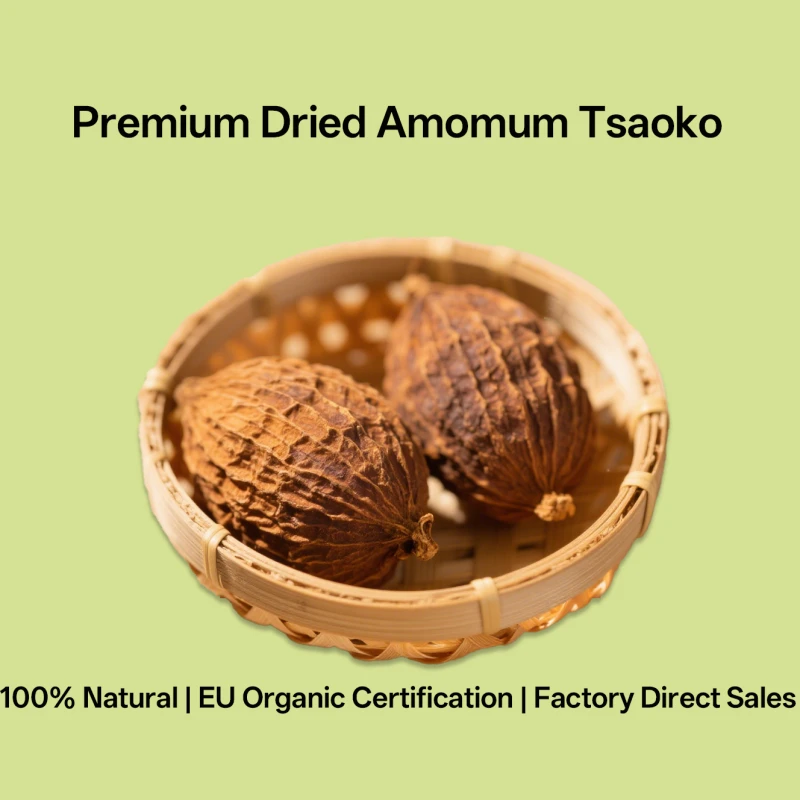
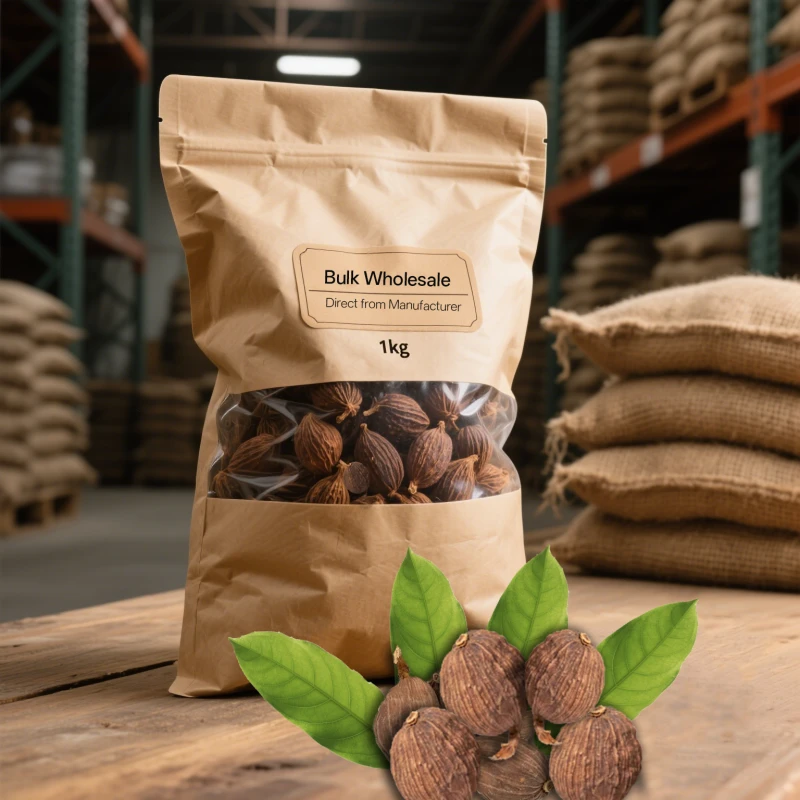
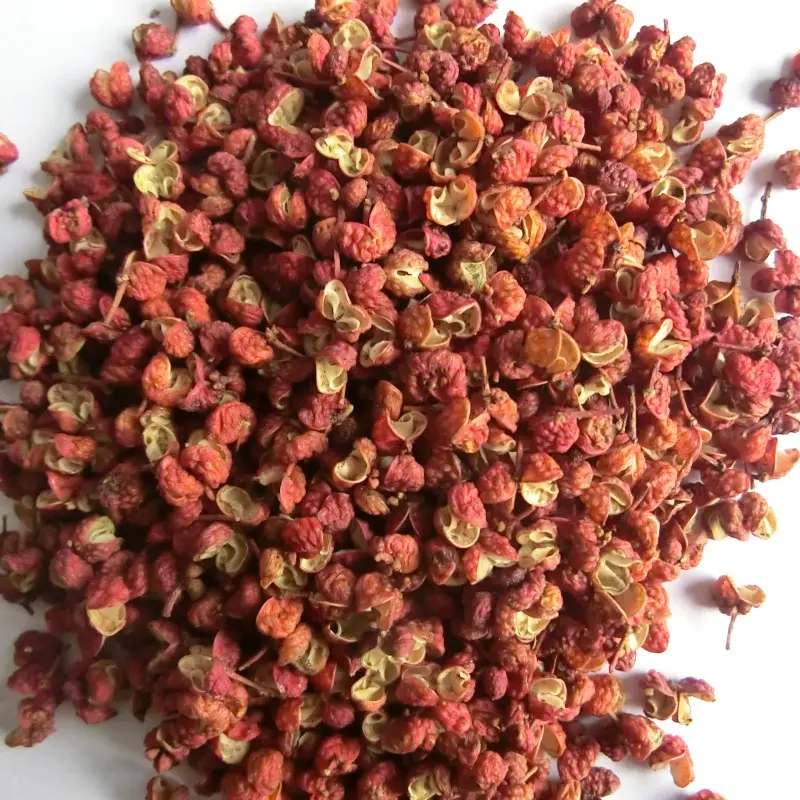
811.webp)
